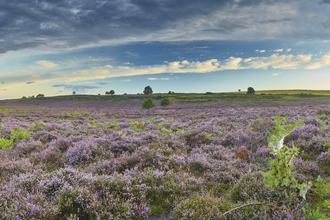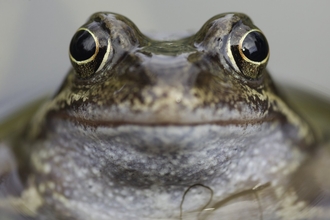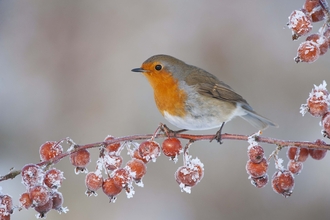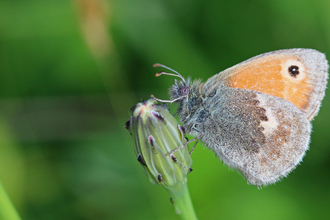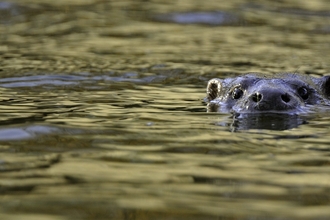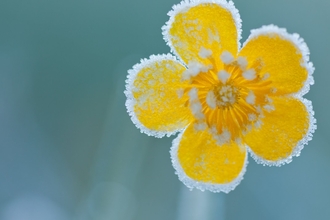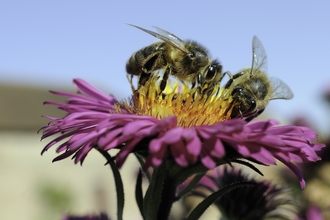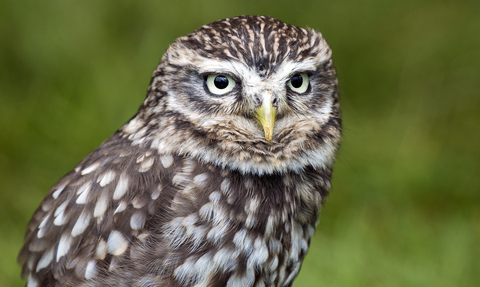
Little owl (credit: Ian Ward)
Wildlife FAQs
From when to cut your hedgerows to how to attract more butterflies in your garden, we can offer advice on how you can help wildlife and nature thrive!
If you have a general wildlife question, we have an extensive range of frequently asked questions below including links to our species ID pages. Please note that we are committed to spending as much of our time as possible out and about supporting people to take action for wildlife, so due to the volume of enquiries we receive, we may not be able to reply to all general wildlife enquiries.

